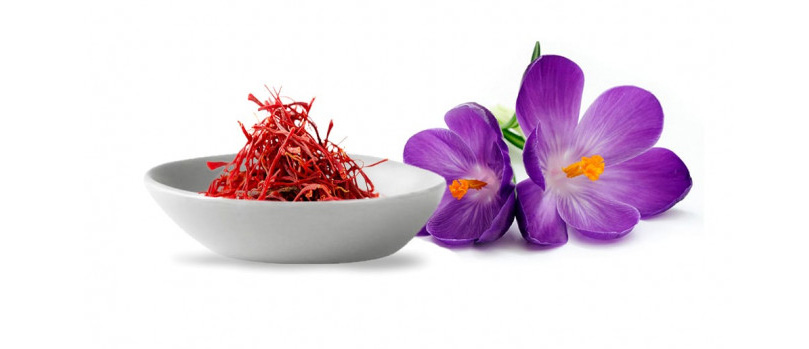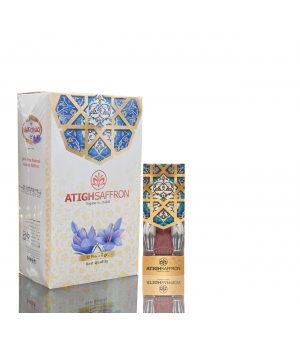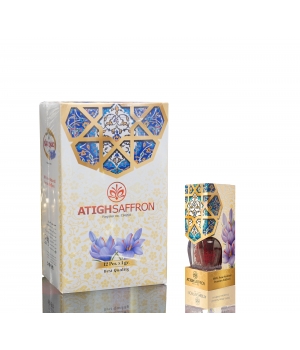Saffron is a typical food item in the cuisine of many countries. It is usually considered as an amazing spice that chefs add for its color and aroma. It is one of the most expensive spices in the world because of the way it needs to be taken care of and harvested. The whole process of turning the small red stigmas of a flower called crocus into a dried spice happens just by hand, and no machine can help ease the way. The process also needs to be done in dry climates only, as it is where this flower grows.
Also, there is a special timing for picking up the stigmas; it needs to be done before the morning rays of the sun make the flower bloom, as a result, the works on fields in cold and dry autumn start at dawn and finish around 9 A.M. There may be lots of countries who produce saffron, but Iran is the main producer of the world’s saffron with the highest quality. One fact to be taken into consideration is when you visit Iran and you want to take saffron with you back home, is that each passport can only take 100 grams of saffron.
As we want to help you know more about saffron, it would be pleasant to look at it as a journey to a city in Iran, for example, Qaen in Khorasan district which is famous for the mass production of saffron. Let’s visit an old house of a farmer, Abdollah. So, sit back and close your eyes, as we go through this journey together.
As soon as you close your eyes, an old wooden door appears in front of you. The door looks ancient, and you feel like there is nothing in this world you want more than knocking on that door and entering the house. The sun is up, right in the middle of the sky, as if it is around noon. Although you enjoy the warmth of the sun on your back, you are safe from its rays as you are standing in the doorway of the old house. You breathe heavily and you hear a mixture of smells. The smell of some kind of a flower you cannot identify clearly, a smell that reminds you of pouring rain, which you identify as the watered soil, and… there is something else. Something a bit familiar yet far. You feel like you have heard this smell before somewhere, and it takes you back to your childhood, and a blurry picture of an old confectionary in your old hometown forms in front of your eyes. The smell is sweet, enriching, and feels bright and happy.
You finally knock and the people of the house invite you in, as they are cooking something on big pots which they have set in the yard. They are working collectively, helping each other out. An old man sits beside you, telling you that his name is Abdollah and he is a farmer and that he has harvested saffron almost all his life. He tells you of saffron and its importance to Iranian culture and cuisine. We follow the old man’s tales and descriptions from now on.
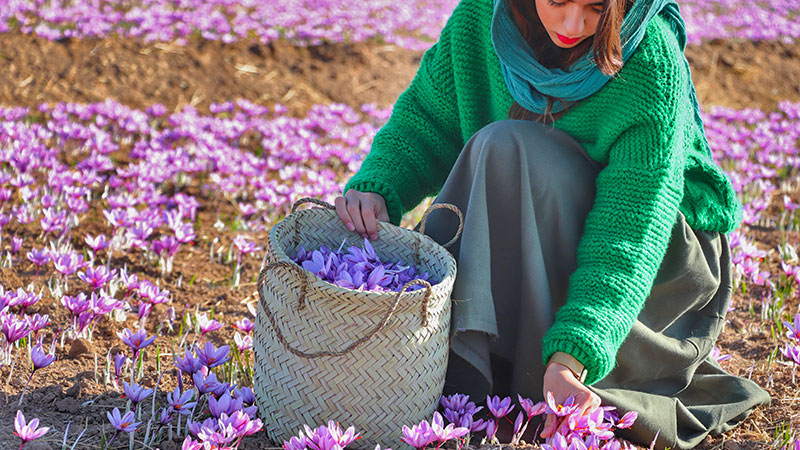
Where does saffron come from?
To talk about the origins and claim which nation first started using saffron in their food is not that easy. Greeks claim that they were the initial users of saffron, but what can be said for sure is that Iranians are the first nation who cultivated the usage of saffron, and to date, they are the biggest producers of saffron worldwide.
Saffron is taken from the flower of the saffron crocus. This small purple flower has usually three red stigmas that need to be picked by hand. Those small red stigmas are saffron, they are then taken away from the lands and dried carefully. This is how they can be used as a spice.
Iran is the biggest producer of the world’s saffron and 85 to 93 % of the world’s saffron comes from Iran. The east side of Iran, where the climate is somehow dry is the main site for producing saffron. Mainly, the city of Mashhad in Khorasan, located in the northeast of Iran is known to be the main producer of saffron. The saffron of Qaen, another city in Khorasan is the most famous saffron among Iranians themselves. However, numerous cities located in the eastern part of Iran are involved in the mass production of the red gold of Iran, saffron. Cities such as Gonabad, Torbate Heydarieh, Taybad, and Khaaf.
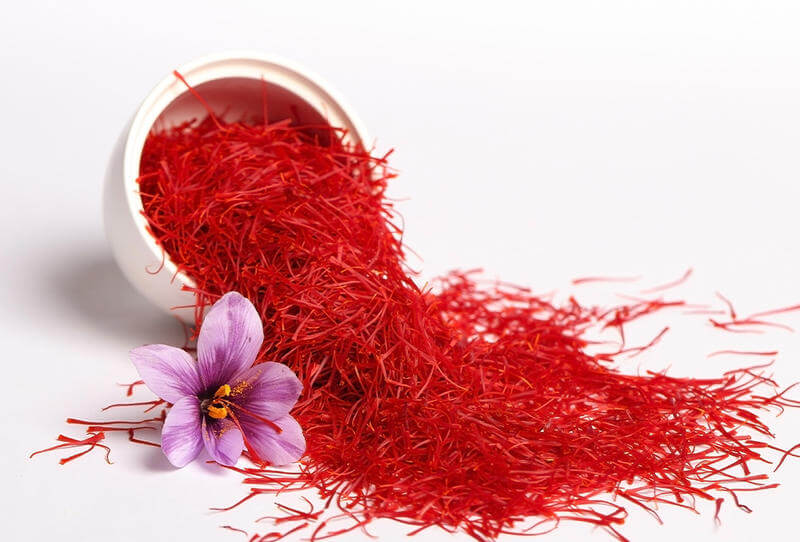
Saffron’s Harvest Season
The harvest season for saffron starts in early November. So when the plains seem to be welcoming the cold weather, in the eastern part of Iran they are covered with small purple flowers, and very beautiful scenery is thus created. The work in the saffron farms starts so early because the stigmas need to be picked before the flower of crocus actually blooms with the sunlight. Hundreds of people, usually women, go to the lands at dawn and start picking the red stigmas by hand. Around 9 AM they gather together and sitting in circles they start drying the stigmas under the rays of the sun.
How do Iranians use saffron?
You ask Abdollah how Iranians use saffron. He looks around and says, in almost every Iranian food saffron is used. Usually, it is put in a small bowl of hot water and left aside for a few seconds, then it is used to add more color, flavor, and aroma to the food. This way the aroma and the color are released better. But it is not just in food that Iranians use saffron, it is used in making desserts and cookies, confectionary.
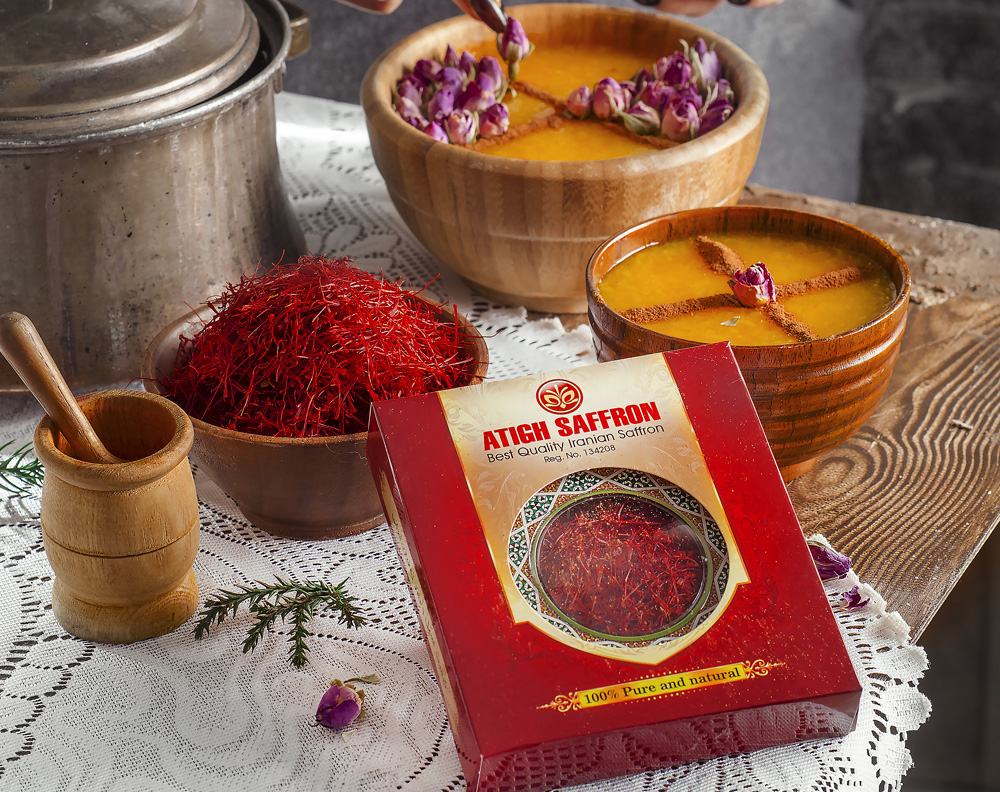
He tells you that in some special Iranian religious ceremonies, mainly in Arbaein, a kind of desert is made widely which is called Sholeh Zard. Saffron is one of the most important ingredients of it if not the most important one. Sholeh Zard is a kind of smooth rice pudding which is yellow and sweet because of the saffron used in it.
Even in the traditional ice cream of Iran, known as Bastani Sonnati, saffron is the most important ingredient.
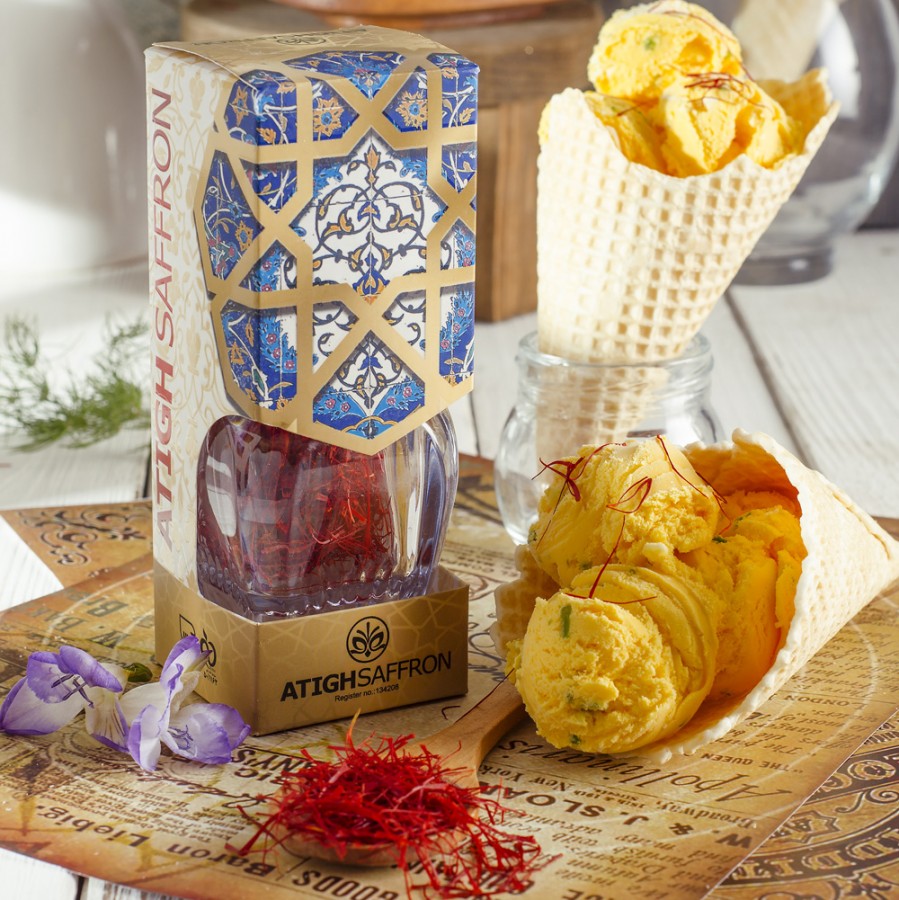
You are curious about more traditions and ceremonies in which saffron is used, and Abdollah tells you about the Ab-Dua tradition which takes place in Shahroud, a city of Semnan district almost in the northeast of Iran. A few days before Norouz, the Iranian New Year, mosques of the city of Shahroud start making some kind of ink by adding water to the saffron. Then, the calligraphers use this ink to write seven verses of the Quran, the holy book of Islam which starts with the world Salaam, meaning greetings on floral porcelain plates. These plates are later submerged into copper bowls in which they pour water and people come and get it hours before Norouz and place it on their HaftSin, the traditional table they set for Norouz with its special seven parts, and they believe it will bring fortune and health to them in the upcoming year.

